Zimbabwe Overland Road Trip Route and Itinerary
Zimbabwe
Exploring Zimbabwe – A Guided Overland Trip
Ultimate self-drive African Safari Adventure where you see more than just its wildlife
Our travel experience through Zimbabwe
The tingle of anticipation of an overland adventure through Africa captivates so many explorers, even if it is only a brief visit to one’s neighbouring country, especially if you have heard much about it. Plotting a map and choosing a route and itinerary is part of the fun but planning and executing a trip to Zimbabwe is not the easiest. Or rather it wasn’t in 2012 when we went.
Tourism was at one of its worst times for Zimbabwe. Although once a prosperous and stable country and dubbed The Bread Basket of Africa, the economy had collapsed. Just mention the word Zimbabwe and most people think of a country that was brought to its knees by war, corruption, danger and instability. Even its currency was abandoned.
Granite outcrops in Zimbabwe
Living in South Africa, we are so similar and yet, we have our variabilities. Being neighbours of Zimbabwe we were very much aware of its downfalls. But we also knew about its virtues. We knew of the challenges to travel through Zimbabwe because of its fuel shortages and numerous roadblocks. We constantly heard reports of the country’s conditions from empty shelves in shops to unemployment.
We also knew the Zimbabwe dollar was worth nothing. In addition we had knowledge of so many migrants legal or illegal that had crossed into South Africa to find work because there simply was nothing for them in their own country. They were starving and simply could not feed their families. Many of them had eventually become gardeners and housekeepers in South African suburban homes.
Over and above that, many of our friends originating from wealthy families in Zimbabwe, had to flee during the war years with what they could fit in their vehicles, nothing more. These are just a general account of horror stories that formed icicles in our blood.
Guided Overland Trip - Our convoy
Victoria Falls was a teaser
In 2010 we set foot on Zimbabwean soil for a brief period. We flew from Johannesburg to Victoria Falls for a long weekend to see this spectacular marvel of nature. We were hooked. After that visit we wanted to see more of this African country. We also wanted to see for ourselves what it was really like.
We grew up with the history of Zimbabwe all around us. At that time it was known as Rhodesia. We constantly heard about disturbing stories of the Rhodesian Bush War that was fought between 1964 and 1979. In 1980 Southern Rhodesia became the independent Republic of Zimbabwe. Northern Rhodesia is present day Zambia. We also heard of the aftermath when Zimbabwe gained independence.
Sunrise at Mana Pools on the banks of the Zambezi River
I love reading, and many books have inspired me to travel, even those I read in my teens. Numerous exhilarating or poignant books written by famous authors held me captive for many years. Some of those touched me deeply such as those written by Alexandra Fuller. Cocktail Hour Under the Tree of Forgetfulness brings Africa to life and Don’t let’s go to the dogs tonight is a diary of her Zimbabwe childhood, during a disruptive and trying time. Fuller has a charming skill to find laughter when there is little to applaud. The titles alone are fascinating and the memoirs are intriguing but is that why I wanted to travel through a country with such anguish?
“1976
Mum says, “Don’t come creeping into our room at night.”
They sleep with loaded guns beside them on the bedside rugs.
She says, “Don’t startle us when we’re sleeping.”
‘Why not?”
“We might shoot you.”
“Oh.”
“By mistake.”
“Okay.” As it is, there seems a good enough chance of getting shot on purpose. “Okay, I won’t.”
”
Planning a route and itinerary
Almost four decades after my first desire to visit Zimbabwe, my husband and I had the opportunity to explore and see more of this country. For many years we were interested in an overland camping trip – the most economical for us, to our northern neighbour. Indeed, it appealed to so many South African overland adventurers.
It also held many challenges such as booking accommodation and other logistics. Initially we wanted to travel alone because we are not opposed to a bit of excitement and an obstacle or two. Having had a few alarming episodes in Mozambique and Botswana, we thought it sensible to use a guided tour operator that knew Zimbabwe.
Andre at Hwange National Park
Andre from Andre van Vuuren Safaris specialises in guided overland trips through Africa where you drive your own vehicle but he supplies the itinerary and information and books the accommodation or campsites. He has been doing so since 1997.
Some of his wildlife safaris are to Zambia, Malawi, Tanzania, Botswana, Mozambique and of course Zimbabwe. Other more recent destinations added to his repertoire is Pondoland (Transkei Wild Coast) and a Snow Safari (Wild Side of the Drakensberg).
With a resume and range like that we thought we would be in safe hands.
A roadblock at Matobo National Park
Want to read and be notified of more Roaming Fox Adventures? Hit the button below and subscribe.
Preparation for a self-drive guided overland trip to Zimbabwe
Even though we were going on a guided overland trip, there was much preparation. At that time we had a trailer with a rooftop tent, but we were only allowed to travel with our car. Camping would be in a separate tent. The reason? There would not be enough space on the ferry we were using to cross Lake Kariba.
One of the provisos of the tour was that we had to cater for ourselves. Our trip would be almost two weeks long and we weren’t sure how much food would be available in Zimbabwe. Another challenge we were aware of was that there would not be electricity available all the time. Would it be necessary to fit a dual battery system in our car for our fridge/freezer? After all, men always wanted cold beers after a long drive. Women often think of the more practical side such as keeping food fresh.
Having containers to fill with water was also a necessity. Most of the time there would be water for showers but not necessarily potable or drinkable water. We were used to this, having done it on some of our other African trips, but usually we had a trailer to fit all our necessities into.
How do you choose what is important and what is a luxury? Eventually Paul decided it was a good idea to have a dual battery system. As a backup, a very good friend loaned us a solar panel to charge our battery if necessary. I would try to be frugal with our provisions but also have a couple of emergency supplies, in case shopping was really dire in Zimbabwe. I might have over catered a bit but how was I to know?
Inflating tyres after driving through Mana Pools National Park
Camping in unfenced areas – Would I be a lion’s dinner or a hyena’s breakfast?
We had a few other doubts too. At that stage we were newbies at camping in the wild. That thin wall of canvas between me and a lion in an unfenced camp? They could walk through at any time of day. I wasn’t so sure about that. Although we had often camped it was usually in a fenced off area or in a place that had no predators.
We had also heard horrific but true accounts of people being attacked by lions in the areas we were going to. Initially when we thought of traveling alone, we were concerned about that, as well as corruption and bribery at police roadblocks. When we heard about Andre’s tour group it sounded perfect. It would also put our minds at ease. Safety in numbers, whether it be on the road or in the bush. Still, those lions were a concern!
We had done all our planning and preparation. The day of departure had arrived. Our vehicle was packed to the brim but had everything we needed. We were to meet all our traveling companions at a fuel station just outside Pretoria, and then we would continue our trip in convoy, a total of nine vehicles. If you would like to know what we pack on a trip like this, I have a few lists for you to go through near the bottom of this article.
A few more questions flitted through our minds. Would we get along with everyone on the trip? After all, that is what often makes a special trip even more unforgettable. We wondered who would complain about the loud snoring that I was used to, hearing it every night in my ear. Sound travels well through those thin canvas walls that would be pitched close to each other.
Trips like these can test the patience of a saint, no matter how much fun you might have and we would be spending almost two weeks together. We knew no one else on the trip.
At the crack of dawn, excited beyond measure we drove to our prearranged meeting spot. At the fuel station we played a little game while we waited for everyone to arrive: Spot who is on our tour.
“Definitely that couple in their vehicle, they are carrying a tent on their roof rack. Yes, that one too, they’ve got a gas cylinder on their roof rack. Oh, definitely them! That vehicle – true safari style!” A while later we found out that we weren’t the only ones playing that game. They looked at us and said, “No, never! They’re not joining us.” Our vehicle looked far too much like a suburban 4x4, used for obstacles such as pavements. Little did they know what we had packed inside!
Thankfully we could fit everything we needed in our vehicle, unlike this bus traveling to Harare
Zimbabwe Route and Itinerary
Let the journey begin! We were driving through Botswana to get to Zimbabwe.
1. Woodlands Stop Over and Lodge – 1 night camping or accommodation
Our first night was at a popular overnight stop for overlanders to Botswana and those traveling further north into the rest of Africa. We crossed into Botswana at Groblersbrug Border Post. Everything went smoothly, but we had planned ahead.
We had to declare everything we were taking into Botswana as well as Zimbabwe, just about including the kitchen sink. This was more for when we returned and entered South Africa again. We made sure the items such as cameras, binoculars etc. were listed, with their serial numbers to make our lives easier.
At Woodlands we were fortunate to be able to upgrade to a basic cottage instead of camping, as previously planned. It was going to be another early start when we departed the next morning. We were so thankful as early morning in the middle of winter there was freezing! Just packing our food and clothes back into our vehicle made our bare hands ache.
Lesson learnt – gloves were essential. Unclipping tent pegs with numb fingers were going to be a challenge in cold weather – something we hadn’t thought of. Fortunately we had a set of recovery gloves in our vehicle to use.
A basic cottage at Woodlands in Botswana
2. Matobo National Park – 1 night stay – camping
The following morning we rose early to get to Plumtree Border Post. Once again the same ritual of a border crossing, this time into Zimbabwe.
Entering Zimbabwe was a breeze, and we could not have asked for more helpful staff. Was it because we were in a convoy or because we were prepared? Would it have been the same if we had been on our own? We will never know. All that mattered was that we were in Zimbabwe!
Our joy soon turned into concern. We were barely 5 km outside the border post when we encountered our first police checkpoint. Everything that we had heard before the trip about fines for anything and everything flashed through our minds. One of the vehicles had cracked their windscreen that happened soon after we started our journey. A stone hit their glass on a short section of gravel road at the beginning of the trip. Our convoy was waved through and we all breathed a sigh of relief. Early afternoon we arrived at our campsite in Matobo National Park, set up camp and explored the area.
Matobo Hills is the burial site of Cecil John Rhodes and what amazing rock formations! I’ll be writing a separate blog about this impressive landscape with its granite domes and rock art.
Monument on top of one of the granite hills at Matobo National Park, burial ground of Cecil Johan Rhodes
Ancient rock paintings in the cave at Matobo National Park
View towards our campsite at Matobo National Park
3. Hwange National Park – 3 nights camping or accommodation
After leaving Matobo National Park we drove to Bulawayo a short distance away, to stock up on fuel and supplies. The cracked windscreen was also repaired in case the police deeper into Zimbabwe weren’t as forgiving.
Hwange, previously known as Wankie Game Reserve, is the largest reserve in Zimbabwe. Once again I will write a separate blog. Suffice to say, if you are really keen to see elephants in Zimbabwe, this is one of the places to come to.
An elephant at Hwange National Park
Zebras at Hwange
Sunset and elephants at Hwange
4. Kariba Dam – overnight ferry
The next part of our adventure took us to Kariba dam where we would board the ferry from M'libizi, which is a village on the southern shore of the dam. We would spend the night on the ferry, crossing the dam from south to north and disembark in the town of Kariba.
We were all looking forward to this as it would be 24 hours of no driving. A welcome break after driving continuously since leaving Johannesburg, bar a few hours here and there. It wasn’t a night on a houseboat, game viewing or fishing, but we were fascinated by the size of it. Another separate blog for this one! See how we all squeezed our vehicles in the ferry and what our night’s accommodation was like.
Lake Kariba ferry
Relaxing on the ferry
The dam wall at Lake Kariba
5. Mana Pools National Park – 2 nights camping, unfenced
When we reached the town of Kariba on the northern banks we needed to restock with fuel. It is not the biggest town and we struggled to find diesel, because some of the fuel stations had run out. Eventually we managed to refuel. We also stocked up on a few supplies, found some spectacular views over the dam and its wall, then continued our journey to Mana Pools National Park which is in the north of Zimbabwe.
There is a nasty hill on the main road near Mana Pools entrance. We had to stay alert. Many trucks use this road and unfortunately it is known for its accidents.
Our campsite was at Nyamepi Camp on the banks of the Zambezi River. Not only did we camp in an unfenced camp, but our stay also provided us with a tad more adventure than we thought. From bush mechanics to contrasting scenery and a story about a hyena and this lady. But that’s for another time.
Driving in Mana Pools National Park
On the banks of the Zambezi River at Mana Pools National Park
6. Harare – 1 night stay
After leaving Mana Pools we realised we were more than halfway through our adventure. We drove to the outskirts of Harare for an overnight stop at a quaint and eccentric guest house. After camping in the wild, it was luxurious. They even catered our dinner and breakfast meals and the food was delicious!
Once again we needed to stock up on fuel and food. Mechanical issues were attended to and we left the following morning.
We always seem to have an audience when we stop to restock our supplies.
7. Nyanga Eastern Highlands – 2 night stay in accommodation
Nyanga is another favourite spot of Cecil John Rhodes. We stayed in chalets with log fires next to the Rhodes dam and trust me, those fires were necessary. I was so relieved we weren’t camping. More about that in another blog.
One of the spectacular views from Nyanga Eastern Highlands
A delightful moment with this group singing
Troutbeck Inn
Frosty morning in Nyanga Eastern Highlands
8. Great Zimbabwe – 1 night camping
This was the last overnight stop of our trip at the ruins of a medieval city in the south-eastern hills of Zimbabwe near the town of Masvingo. We first drove over the dam wall bridge at Lake Mutirikwi.
Lake Mutirikwi
After spending a freezing night next to the ruins, we drove to Beit Bridge border Post and then home. Once again, this Late Iron Age Kingdom city of Great Zimbabwe deserves to have a blog of its own.
Great Zimbabwe
Walking to the hill where some of the ruins are
A narrow passage up the hill
Close to the top of the hill
Trucks queueing at the border post at Beit Bridge waiting to enter Zimbabwe
What we thought of Zimbabwe
This was a trip that changed my life. An unforgettable trip not just because of the experiences we had and the beautiful scenery we saw. It was the start of my writing career. After these adventures I decided I had a couple of tales to tell.
As Ibn Battuta says: “Traveling – it leaves you speechless, then turns you into a storyteller.”
In less than two weeks we had seen the highlights of Zimbabwe. We travelled approximately 4300 kilometres.
Driving near the Eastern Highlands
It was an a-ma-zing trip. Our travel companions will know what I am talking about.
Africa will always be Africa and Zimbabwe is no different, but we were pleasantly surprised. Undoubtedly those that knew it in the 1960’s and 70’s would see the degradation of a beautiful country. Fertile lands weren’t filled with crops or were as lush as they were before. I do hope that Zimbabwe becomes prosperous again one day.
We thought we would see more devastation but many of the roads were in a better condition than some of South Africa’s roads. The infrastructure needed more attention and we witnessed all of the things that we had been warned about: power cuts, shortage of fuel, shops weren’t stocked like we were used to.
Zimbabwe will take your breath away. Its landscape is something to behold, from the huge granite mounds or boulders to its mountains, valleys and rivers.
The dry season is the best time to visit Zimbabwe to see animals and to get to certain areas if you are driving on sand roads. When we travelled on gravel we accumulated layers of fine dust and it went into everything. Our vehicle needed a valet service after this trip.
“
THE CALL OF AFRICA
When you have acquired a taste for the dust,
and the scent of our first rain,
You’re hooked for life on Africa,
and you’ll not be right again.
Until you can watch the setting moon
and hear the jackals bark,
And know they are around you
waiting in the dark.
When you long to see the elephants
or hear the coucal’s song,
When the moonrise sets your blood on fire,
then you’ve been away too long.
It is time to cut the traces loose,
and let your heart go free,
Beyond that far horizon
where your spirit yearns to be.
Africa is waiting – come!
Since you have touched the open sky
And learned to love the rustling grass
and the wild fish eagle’s cry.
You’ll always hear the hunger for the bush;
for the lion’s rasping roar,
To camp at last beneath the stars
and to be at peace once more.”
Stocking up on fresh produce and other supplies was not as difficult as we thought. However don’t expect the variety that you might be used to in your own shops. Water was also not as much of an issue as we thought, although there were certain areas that we relied on our supply.
Ablution facilities and bathrooms varied and at times I showered with a headlight on as there was no electricity in the bathroom. I cannot recall any time that we did not have hot water to shower under but at a few places we had to rely on a wood burning fire (donkey) to heat the water.
We found the majority of the people of Zimbabwe were friendly and helpful. They were proud of their country but did not want to talk about the past.
Parts of the tour were rushed, especially when we had to travel long distances and keep to our schedule. It would have been ideal to do the road trip through Zimbabwe at a leisurely pace, but our time constraints did not allow that. I am happy we used Andre van Vuuren Safaris. He was very helpful and had planned everything well, to the finer detail. Although we may have managed on our own, this was a great experience.
Last but not least, we were a wonderful group of people that toured together. Some of us have made special friendships to last a lifetime. Afterwards we shared photographs and stories and the trip would not have been the same without them.
Baobab
The bark is stripped to weave mats
Woven mats
Useful road trip tips to self-drive through Zimbabwe:
Note that these are tips and guidelines. For further information, correct at the time that you want to travel, please check relevant government websites.
1. Cash. We took Pula for our Botswana costs and US $ for Zimbabwe. A useful tip was given to us to use small denominations of US dollars. At the time all the tolls were $1 each. We tried to pay with exact cash because we knew in most cases they would either not have change or try to convince you they don’t have. Don’t forget that you need to pay fees and taxes when crossing borders.
2. Duty Free. As with crossing any borders, check your duty-free allowance for the relevant countries for alcohol, cigarettes, perfumes and other goods.
3. Fuel Shortages. It is wise to plan ahead and stock up on fuel when you can. Do not wait till you are close to empty if you can avoid it because they might not have any at the next town.
4. Food Shortages. In major cities and towns you should find tinned or canned foods and a couple of fresh products but do not expect all the luxuries. Be aware of what you can take across the borders.
5. Police Roadblocks. There are constant police checks throughout Zimbabwe where we had no issues and friendly people. We found the ones closer to Beit Bridge after Great Zimbabwe ruins to be more worrisome, possibly because it is a busier route.
6. Check which documents you require. The usual passports, visas and driver’s licences for the drivers are necessary but also relevant documents for your vehicle is required. Original vehicle registration papers or a certified copy if your vehicle is still financed by a bank with a letter from the bank giving you authorization to cross the border with the vehicle is compulsory.
7. Check which insurance papers you need. Most countries need proof of Third-Party and motor vehicle insurance. Other documents are Temporary Import Permits, Road Transport or Road Access Permits, National Road Safety Fees for vehicles as well as trailers.
8. Check what you need to declare when you cross a border. Make a list of all relevant equipment such as cameras, drones, binoculars, etc and their serial numbers to have at hand for border crossings.
9. ZA Sticker for your vehicle. If coming from South Africa you need a ZA Sticker.
10. Warning Triangles. Two warning triangles are required.
11. White and Red T-sign. If you are towing a trailer or caravan these are necessary.
12. Fire Extinguisher. Most African countries have made it compulsory for you to travel with a fire extinguisher, visible for them to see.
13. Reflective Safety Vests. These are compulsory and need to be close at hand.
14. Reflective stickers for the bumpers of your vehicle. I cannot say with certainty that you need them, but we had them and were never stopped. Check out this link for more information.
One thing I will always remember are these magnificent granite outcrops throughout Zimbabwe
Maps of our route in Zimbabwe:
I have divided our route into sections.
1st leg from Johannesburg to Mlibizi, Zimbabwe
2nd leg from Kariba to Mana Pools National Park
3rd Leg from Mana Pools National Park to Randburg, Gauteng
We used Tracks4Africa inside Mana Pools National Park on the gravel roads and tracks.
Quick links to my packing lists:
Road trips to neighbouring African Countries
Essentials for your vehicle on an adventurous road trip in Africa
Basic camping essentials Checklist
Packing for off the grid camping
Packing list when traveling with a caravan or motorhome
Quick links to related blogs:
Nyanga National Park - Eastern Highlands
How to choose one ultimate thing to do at Victoria Falls
Self-drive road trip adventures in Southern Mozambique (with loose axles and landmines)
Adventures in Africa with cute and clever Elephants
On Pinterest? Pin for later!
Pinterest Pin
Pin to refer to later
Find me on Social Media:
Please note the resources below were not used for this trip.
Here are some of my favourite tips and resources when we travel:
Researching a destination to find out more about it? We use Tripadvisor. You can even get a great deal from them!
How do you get there? Use Aviasales to check flights.
Pre-organised tours and jump the queue entrance tickets are obtainable from GetYourGuide. It is a great website to browse through and book while Big Bus Tours are ideal for hop on hop off tours. Expedia UK are great for adventures and experiences, holiday deals and trip ideas.
Where are you going to sleep at night? Booking.com have great deals and Hotellook have great discounts and hotel deals.
Going to Europe and want to hire a campervan? Try PaulCamper, Europe’s largest platform to hire or rent out campervans throughout the UK or Germany, Austria and the Netherlands.
If you have not found what you are looking for, head on over to my Shop or Resources page and browse there.
Step by step instructions on how to leave a comment on my blog:
Type in your comment in the comment box.
Click ‘Post Comment’
Briefly a message should appear saying you are not logged in, then a box with ‘Post a Comment’ will appear for you to complete with your name, email address and website URL (if you have one).
Fill in your first name and email address in the appropriate section. (Your email will not be made public and will not be used for any other purpose than for you to get a notification of a reply to your comment.)
Click ‘Comment as Guest’ and you’re good to go!
To subscribe to my blogs, please fill out the SUBSCRIBE form.
Thank you.
I know it is quite a process, but it helps keep our websites secure. Your email address will not be shared or displayed.











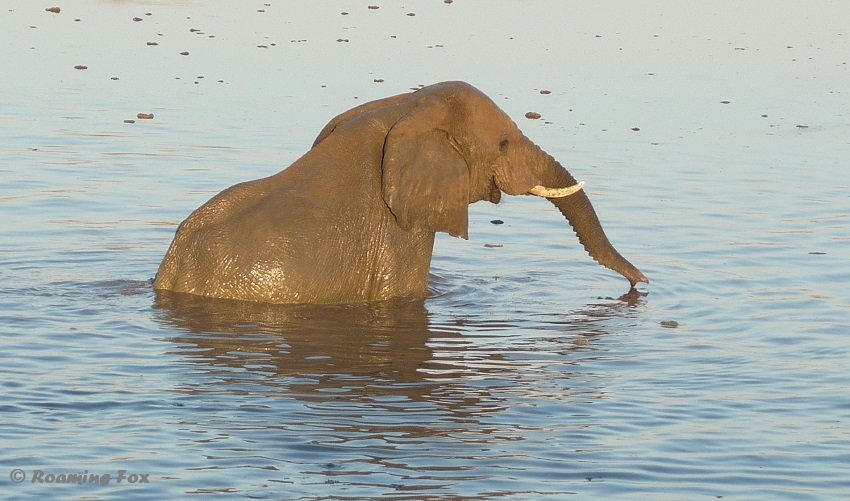





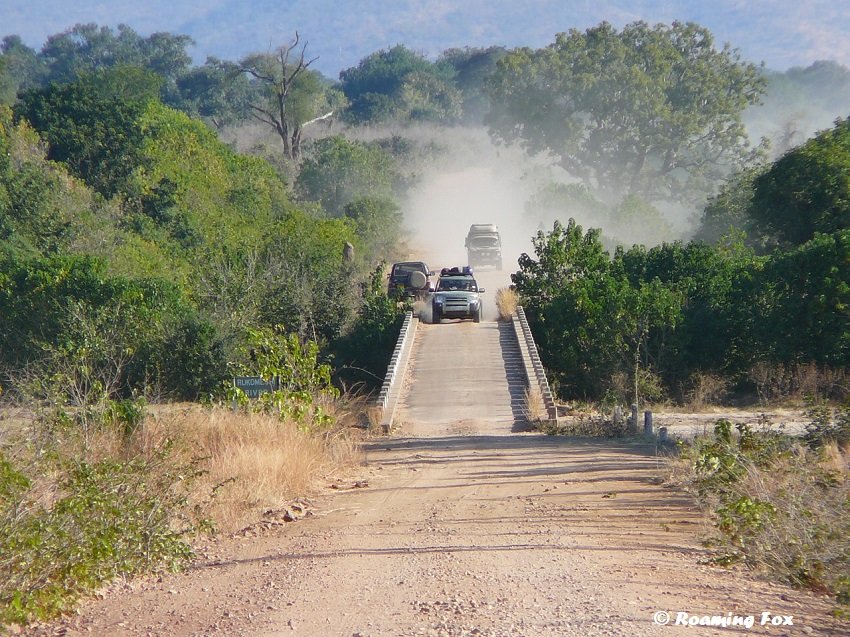





















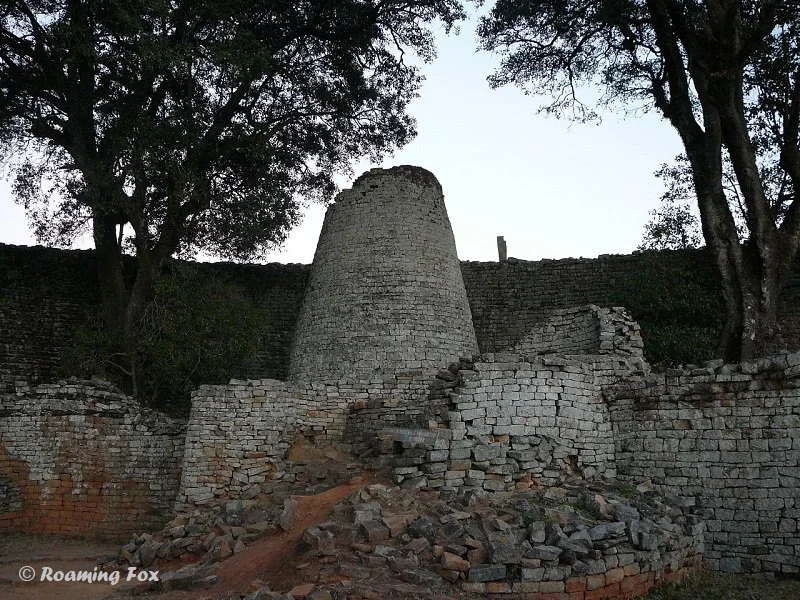

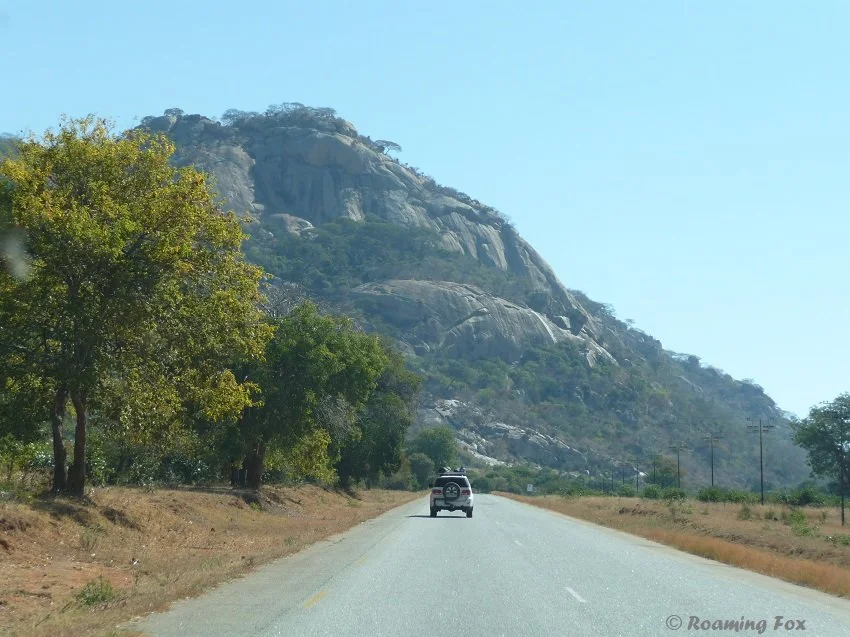




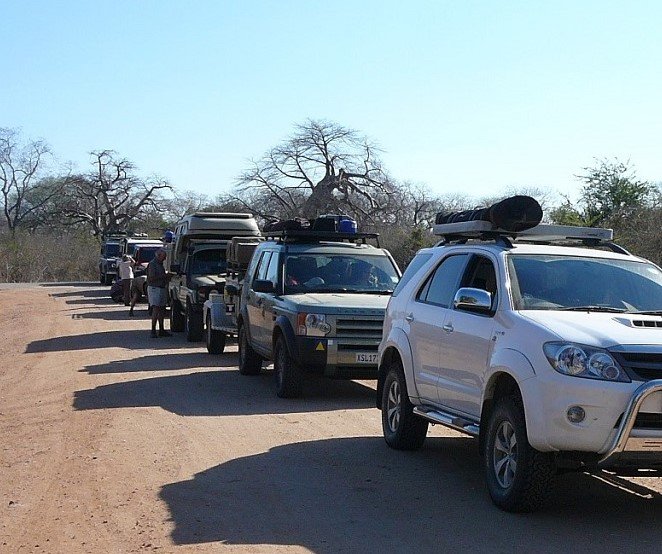
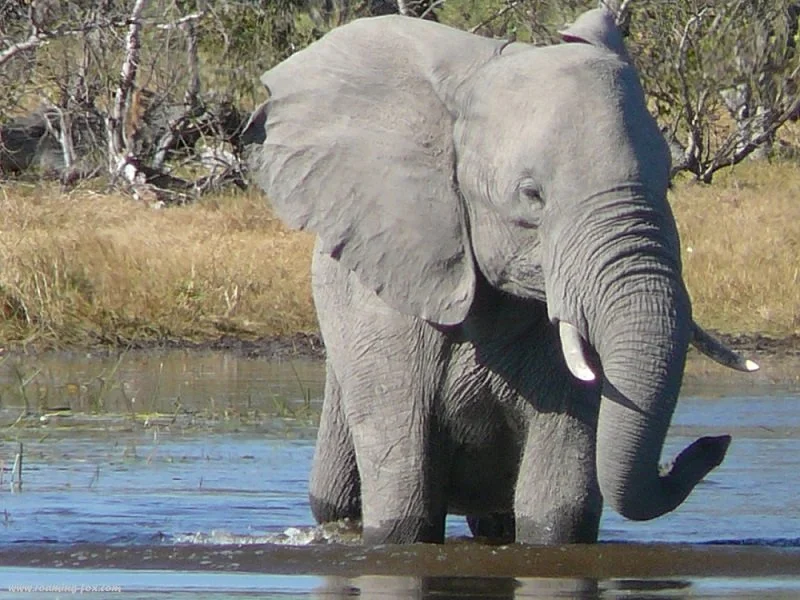


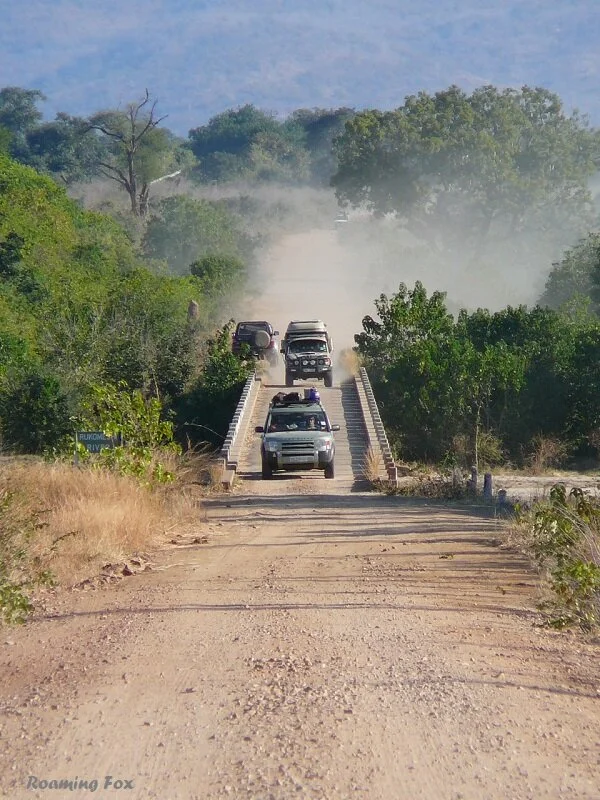



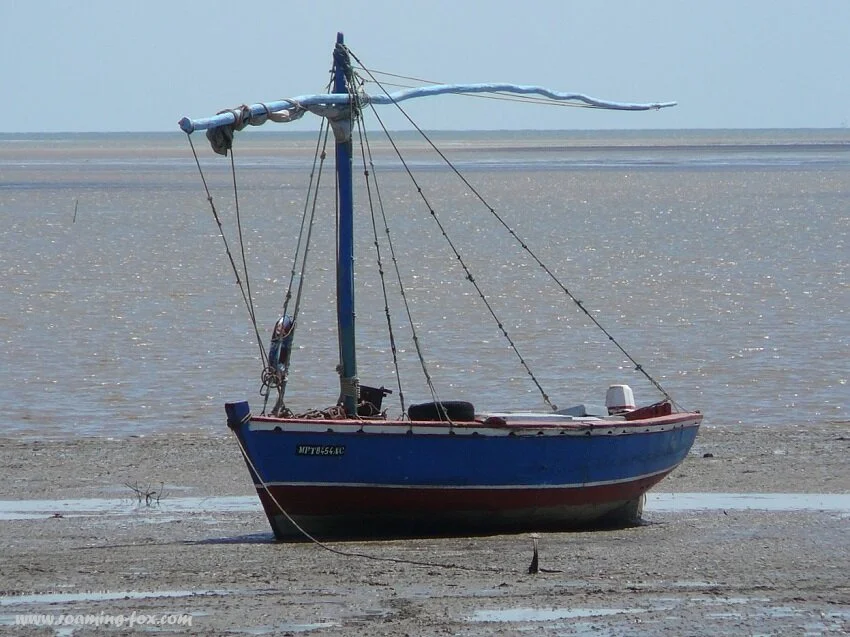



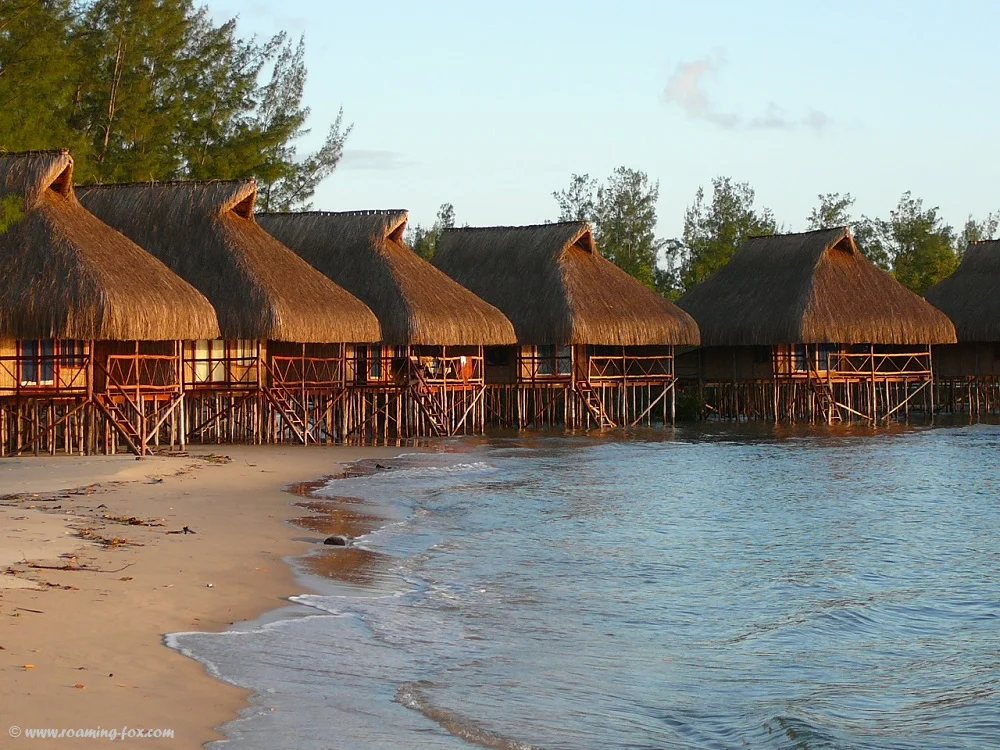
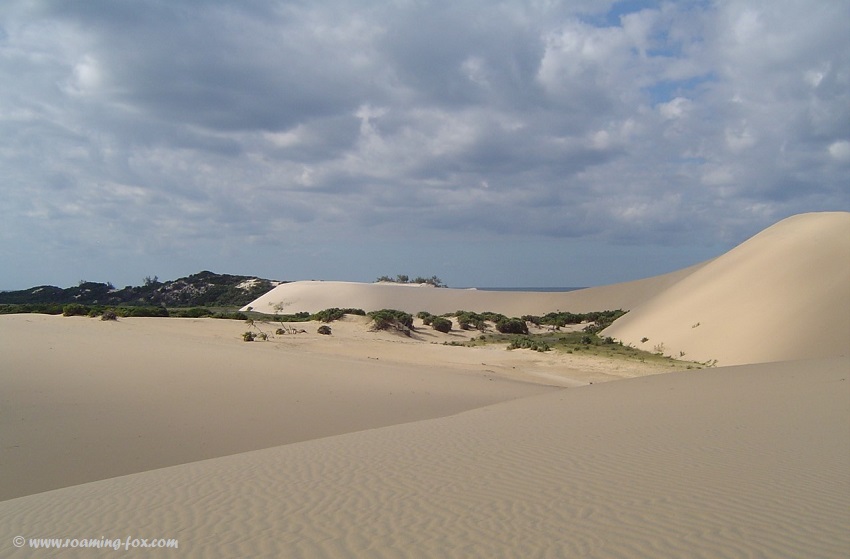

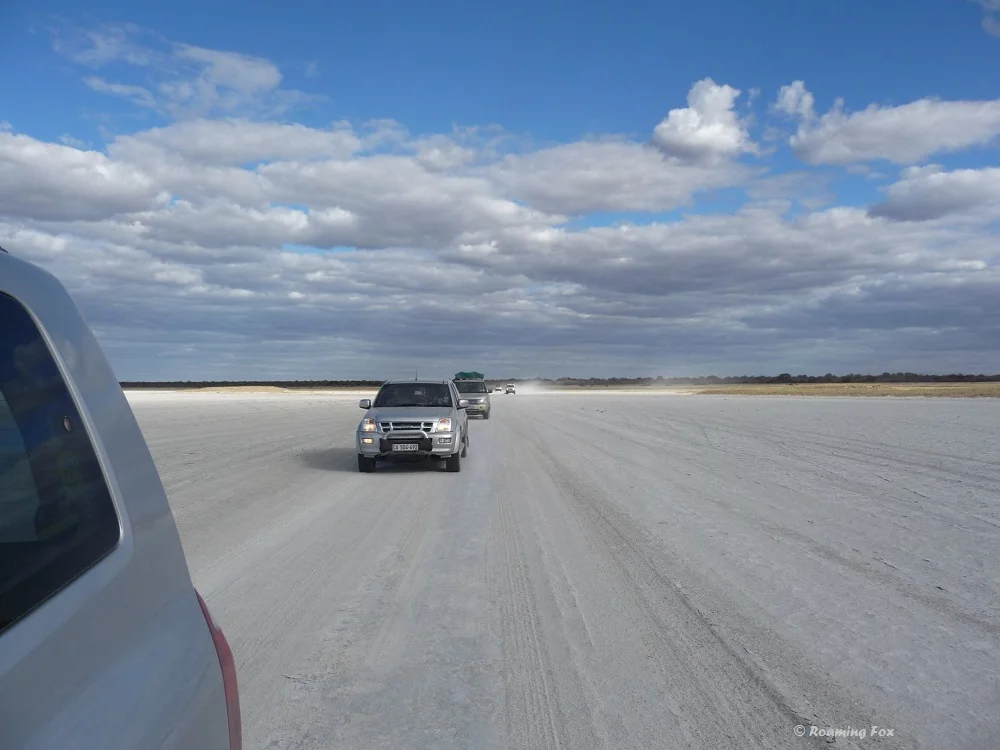
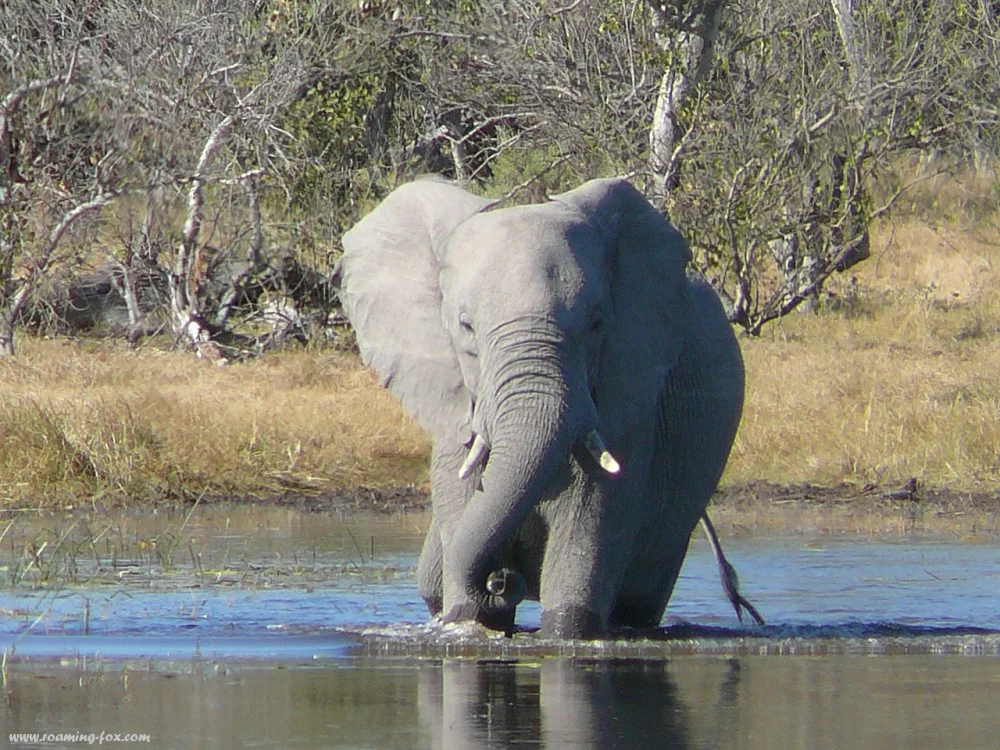


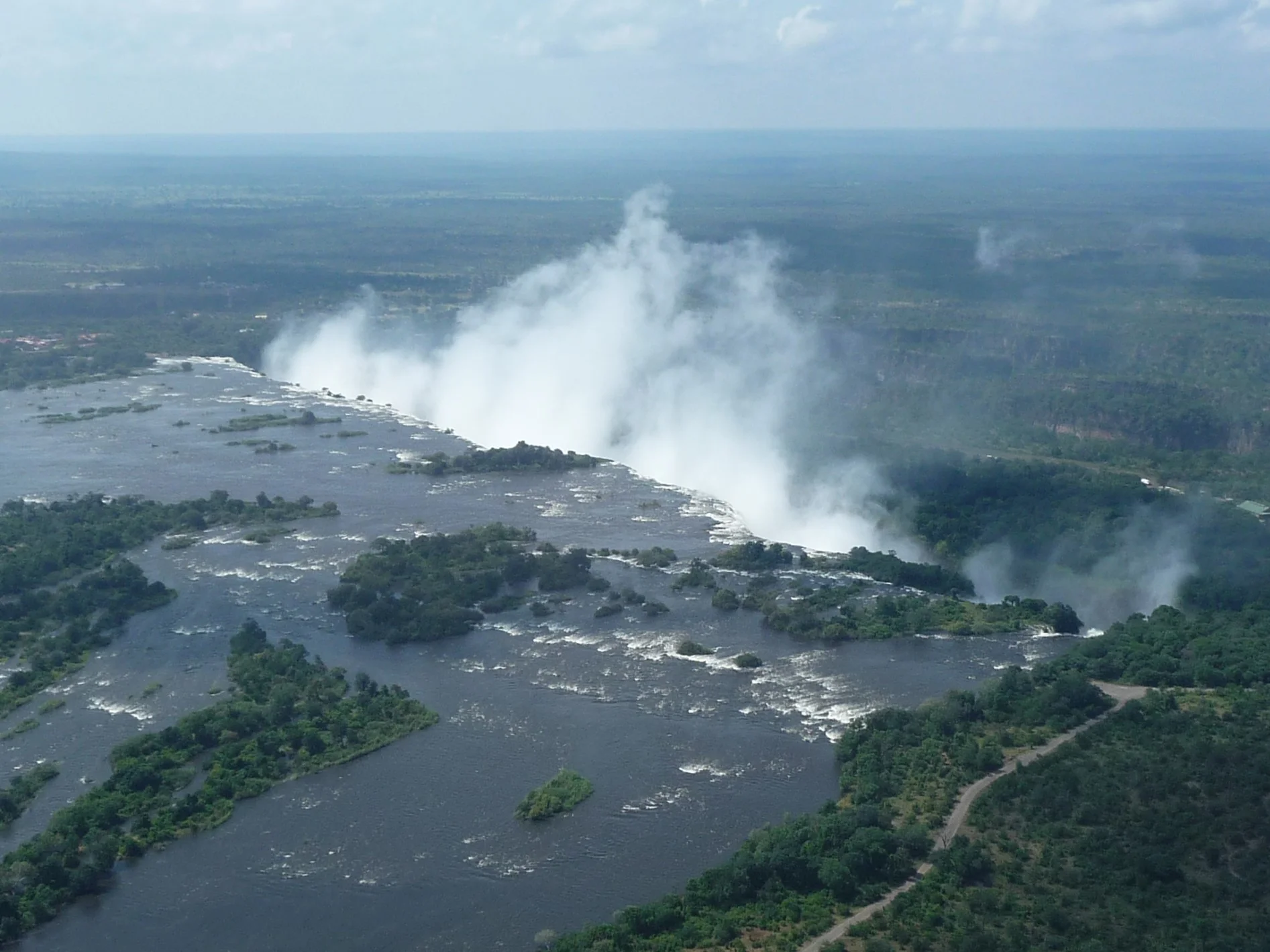

The Best Way to see a country? Take a road trip! Have you ever had that feeling when you hit the open road on your road trip? Freedom. Anticipation. Exhilaration.